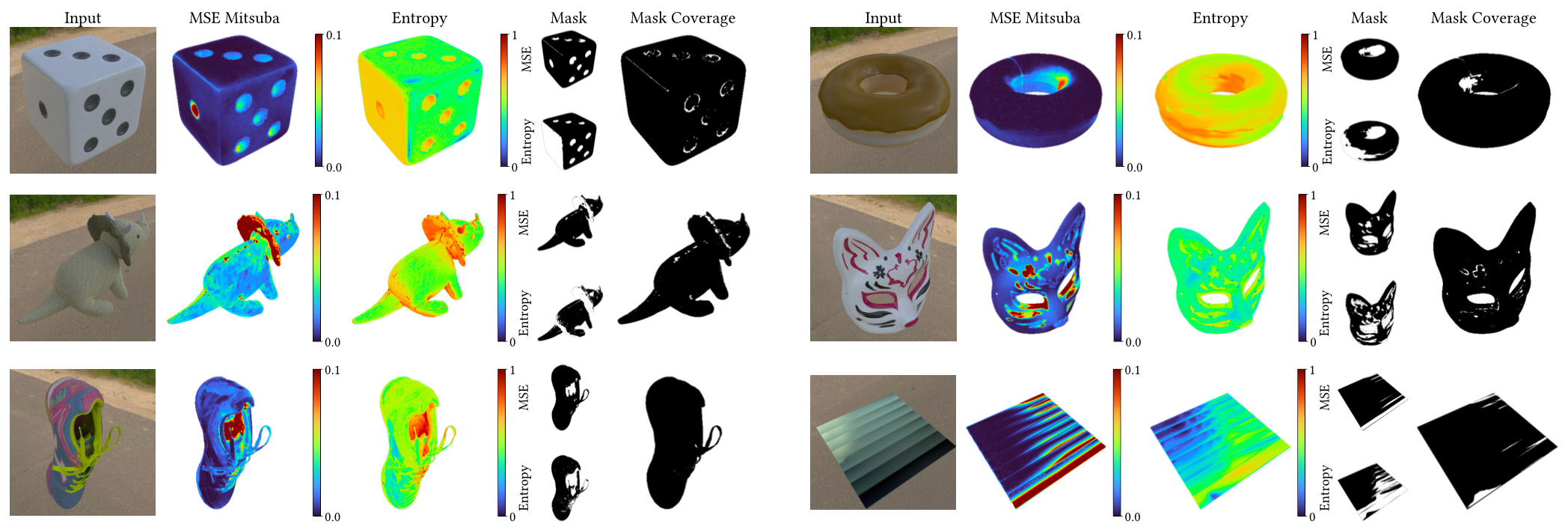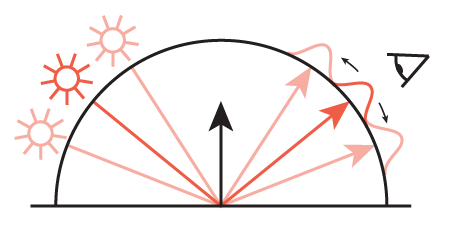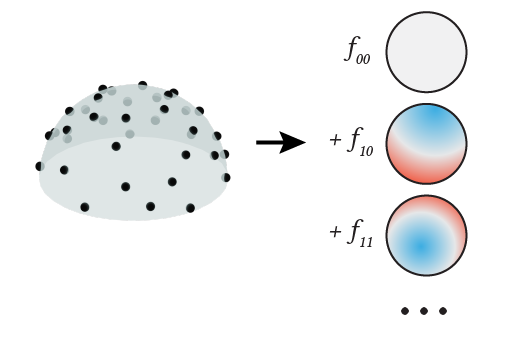Problem statement
The reflections from an object reveal its material properties. Sometimes, it is difficult to know what material we are dealing with if we miss certain reflections or if a part of the object is in the shade. This can happen, for example, on a cloudy day where a glossy surface looks similar to a matte surface under certain viewing angles.
Which plane is glossy and which is matte? On the left, it's difficult to find out because of the lighting. On the right, it's immediately clear.







